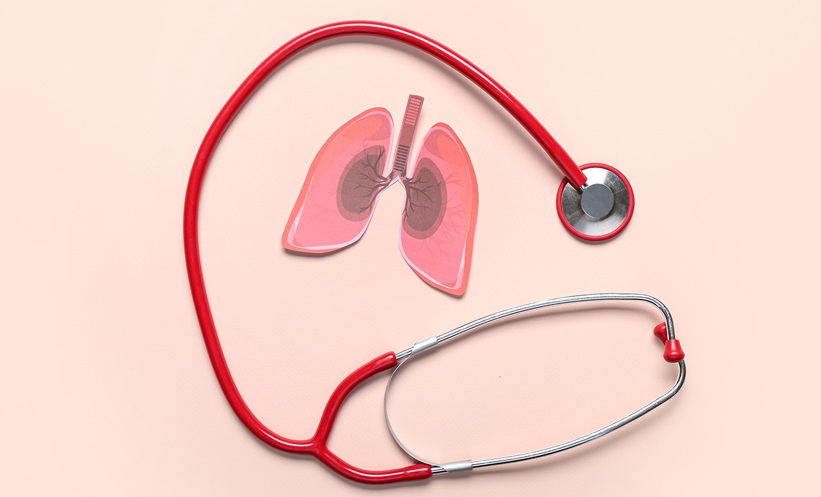BACKGROUND AND AIM
Since their introduction to the European and USA markets in 2006–2007, electronic cigarettes (e-cigarettes) have become popular nicotine-delivery devices.1 They have been rapidly adopted by millions of users worldwide and are steadily spreading among younger people, especially in high-income and urban populations.2 As the number of e-cigarette users is increasing, so is exposure to passive vape. Passive vape exposure remains a concern as previous studies have demonstrated that vape from e-cigarettes can contain toxic chemicals that are harmful to health.3 A World Health Organization (WHO)-commissioned review found that while there are a limited number of studies in this area, it can be concluded that e-cigarette vapour is a new air contamination source for particulate matter (PM), which includes fine and ultrafine particles, as well as 1,2-propanediol, volatile organic compounds, heavy metals, and nicotine.4 More research is needed to better understand potential health effects to passive bystanders, especially among vulnerable populations, including individuals with existing respiratory disease, known to be frail to environmental exposure.5
The aim of this study was to investigate acute local and systemic effects of short-term passive exposure to vape from e-cigarettes among individuals with mild or moderate chronic obstructive pulmonary disease (COPD).
MATERIALS AND METHODS
The study was conducted at the Climate Chamber facilities at the Department of Public Health, Aarhus University, Aarhus, Denmark. Exposure sessions took place under controlled conditions in a 79 m3 climate chamber made of welded stainless steel, while exposure generation took place in a similar 29 m3 adjacent chamber. In a double-blinded crossover study, non-smoking patients with COPD were randomly exposed for 4 hours to passive vape (median PM2.5: 18 μg/m3; range: 8–333) and clean air (PM2.5<6 μg/m3) separated by 14 days. In order to blind the exposure, e-cigarette users in an adjacent chamber were either vaping or chewing gum, and the (vape-polluted) air was passed to the exposure chamber. Particles were measured using an ultrafine particle counter (P-TRAK®, TSI Incorporated, Shoreview, Minnesota, USA) and a scanning mobility particle sizer. Health effects, including surfactant protein-A (SP-A) and albumin in exhaled air, spirometry, fractional exhaled nitric oxide, and plasma proteins, were evaluated before, right after, and 24 hours after exposure. Participants reported symptoms every 30 minutes throughout exposure sessions. Data were analysed using mixed models.
RESULTS
Sixteen patients (six female, 10 male) with moderately severe COPD and a mean age of 67.6 years participated. The primary outcome, SP-A in exhaled air, was affected by time and exposure to vape, indicating a negative effect of passive vape on SP-A the morning after exposure (-1.78 [-3.35 to -0.20]; p=0.03). Furthermore, several plasma proteins increased significantly, indicating inflammation caused by vape exposure. Throat irritation was more pronounced during passive vape exposure, while forced vital capacity and forced expiratory volume in 1 second decreased. However, estimates were only borderline significant (forced vital capacity: -0.07 [-0.15 to 0.00]; p=0.07) (forced expiratory volume in 1 second: -0.05 [-0.10 to 0.00]; p=0.07). No effect on fractional exhaled nitric oxide was observed among the 16 patients with COPD exposed to passive vape.
CONCLUSION
This study shows that passive vaping is capable of exerting acute inflammatory responses in lungs and blood as well as throat irritation among patients with COPD. Although more research is required, it is clear that e-cigarette emissions are not merely harmless vapour. In the future, more studies on passive vape exposure in sensitive subgroups are recommended, as such studies are virtually nonexistent.








